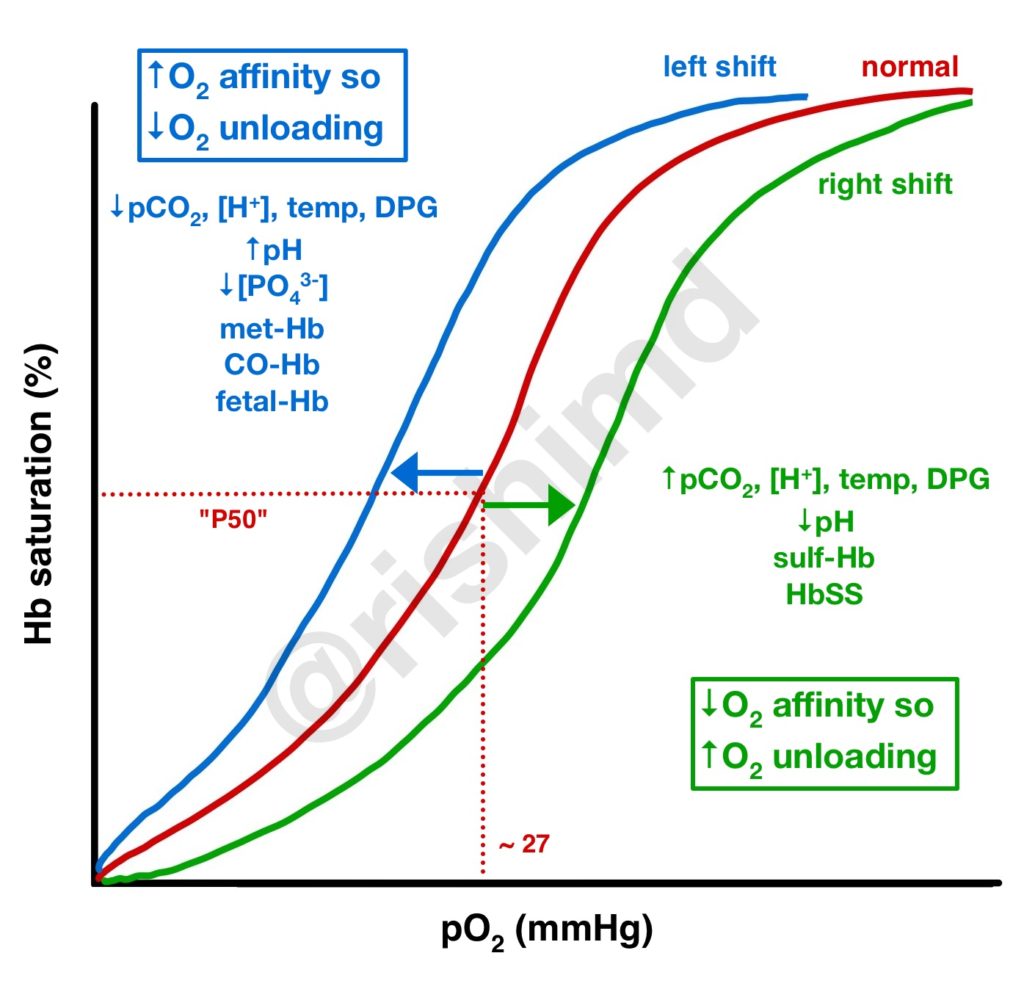CO2
links: reference: 4-16-2021
CO2 #
Many organisms can live and reproduce even without oxygen, but they could find no cell or organism that could live and reproduce in the absence of carbon dioxide. Around ~30mmol/L is ideal. (4/12 I got 23mmol/L). A good way to gauge recovery is: first thing in the morning, take 4 full inhales and exhales. On the 5th, blow out through the mouth as slow as possible. If it’s >30 seconds, or an epic 2 minutes, your CO2 discard rate is doing well.
- The measurement of CO2 production relative to oxygen consumption is a great indicator of Thyroid hormone activity.
- “Because oxygen at lower pressure displaces less carbon dioxide from the blood, the body is able to retain more carbon dioxide at high altitude.” Peat
-
CO2 inhibition of the generation of reactive oxygen species in cells of internal organs and its biological importance
- The results substantiate the important evolutionary role of CO2 for the maintenance of life on Earth with the appearance of potentially toxic oxygen. Holy based…
- Decreased CO2 makes proteins more susceptible to Free radicals
- Increasing CO2 production restores the balance between NAD+ and NADH 11
- CO2 increases (cerebral) blood flow and Vasodilation R
Respiratory Quotient #
- Ratio of CO2 production to O2 consumption. 1 (can go higher) = 100% carb oxidation, 0.7 = 100% fatty acid oxidation.
- 0.7 = pure fat oxidation.
- 30% carb diet = ~0.80.
- 60% carb diet = ~0.90. The RQ doesn’t look like it, but the % does; this is a doubling of carb oxidation from 30%.
Bohr Effect #

-
The decreased affinity for O2 enhances the unloading of it into tissues to meet its demand.
-
Hemoglobin can bind 4 O2 molecules. The first is difficult but it facilitates the binding of the remaining by dissociating H+ protons.
-
Decrease in pH = increase in H+ concentration. This factor leads to a change in protein folding with the amino acids in hemoglobin, which changes their affinity. This shift is the ’taut form’, as opposed to the ‘relaxed form’.
-
Converted to carbonic acid ($\ce{H2CO3}$) via carbonic anhydrase. But it (partially and reversibly) dissociates into $\ce{H+ + HCO3-}$ (bicarbonate), which represents the majority of blood CO2 content.
-
Normal minute ventilation of 6L/min, but certain conditions can bring it up to 15.
-
- Hypoxia leads to increased levels of Glycolysis (anaerobic?) resulting in 2,3-BPG, shifting the curve to the right.
-
- Not looking good.